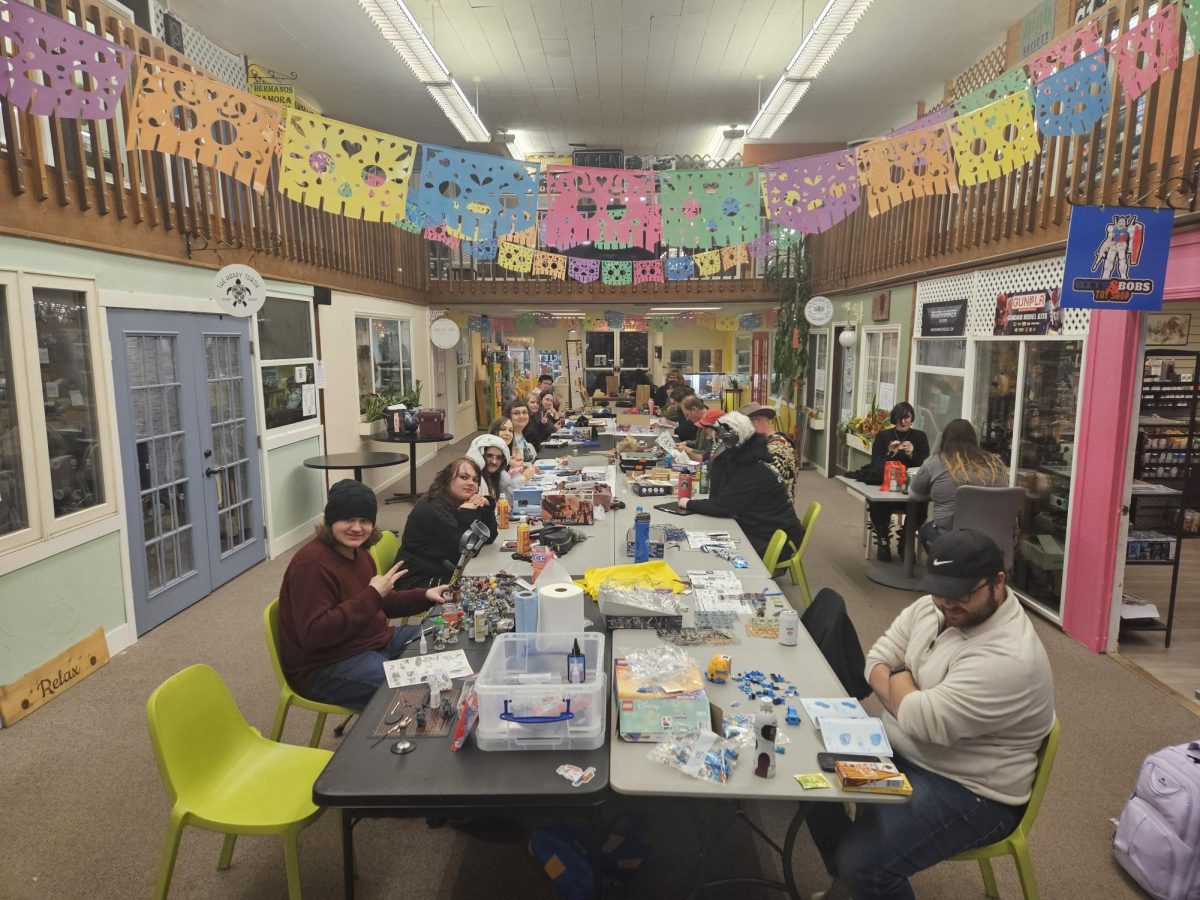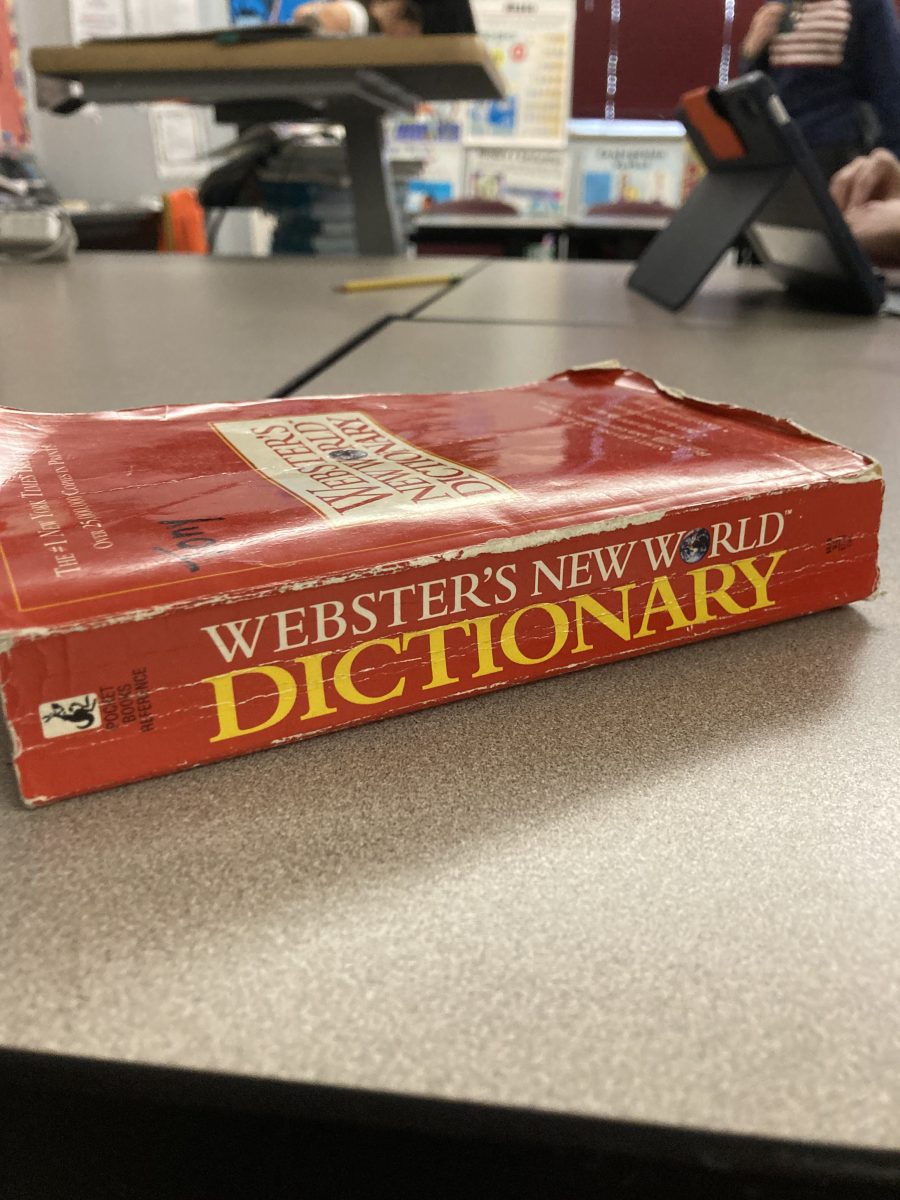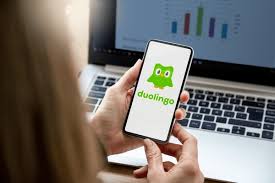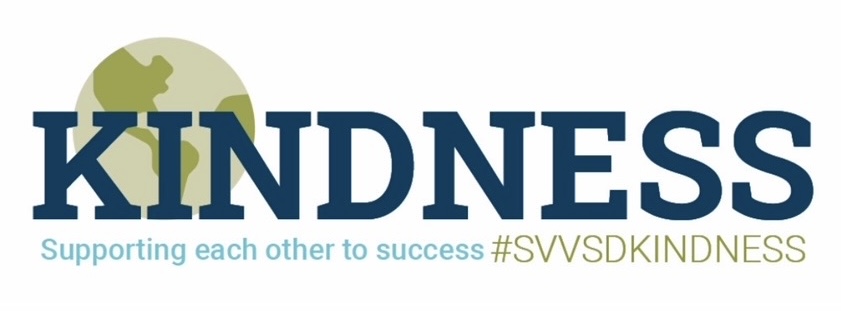As more multilingual cultures are springing up around the world, more and more people are turning to online learning apps to learn other languages. With so many different apps promising fast learning and language proficiency, how do you know which one to choose? Is it actually possible for an app to teach you a language as well as another human?
The concept of language learning has been around for roughly 100,000 years since humans developed complex language. It is believed that at first, learning a second language was done through trial and error. As history continued, it is thought to have remained much the same way, and up until just a few years ago there were roughly two options if people wished to learn a second language; hiring a tutor or learning through school.
The first major change to this process came in 2007, when the first language-learning app, Babble, was introduced. There was now a way for people to (theoretically) learn a language using the internet without the help of another person. Babble was followed in 2011 by Duolingo, which remains the most popular language-learning app today, with almost 13.4 million users downloading it in February of 2023 alone, according to buisnessofapps.com.
As of 2024, the market for language learning apps is worth an estimated 3.14 billion dollars, with Duolingo continuing to dominate the market, making up over 63% of all language learning app downloads in 2021.
Though Duolingo is by far the most popular language-learning app on the market, it does have its shortcomings. While it advertises the ability to teach you a new language, its courses and coursework are currently only capable of teaching you to the A1 level of language proficiency. The A1 level is the first and most basic level out of all the CEFR levels, which are the globally standard levels of language proficiency. This means that for many learners who sign up expecting to learn a complete language, they must go out of their way to use other resources in order to learn how to do a whole lot more than introduce themselves and get food at a restaurant.
One of the big appeals and selling points of Duolingo is its game-like interface and style. Although for some this works incredibly well and can be a good source of motivation to continue and stay consistent with lessons, that cannot be mistaken for easier learning. Duolingo requires the same amount of effort and dedication, if not more, to complete the course and get to the A1 level.
Having said all of this, Duolingo has proven to be an amazing and effective study tool to be used alongside other forms of learning. It is great practice and review if used alongside a class or tutor, and the structure of the app incentivizes practicing every day and making sure that what you already know is not lost.
At the end of the day, if you intend to attempt to learn a language with Duolingo, remember that you may need to use other sources as well to fulfill your goal. And if you are prepared to spend a bit of money, Babble may be a good option for you to explore if you want to use an app.


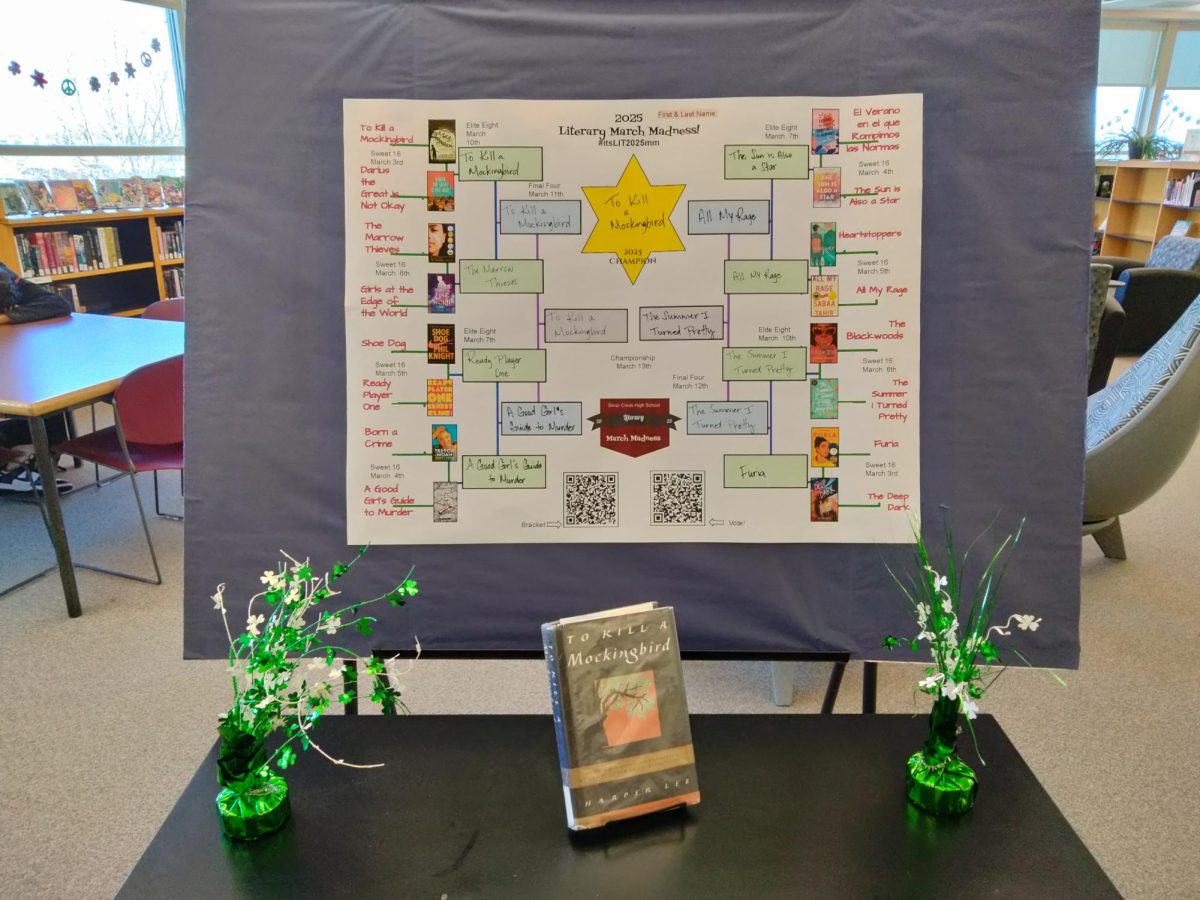
















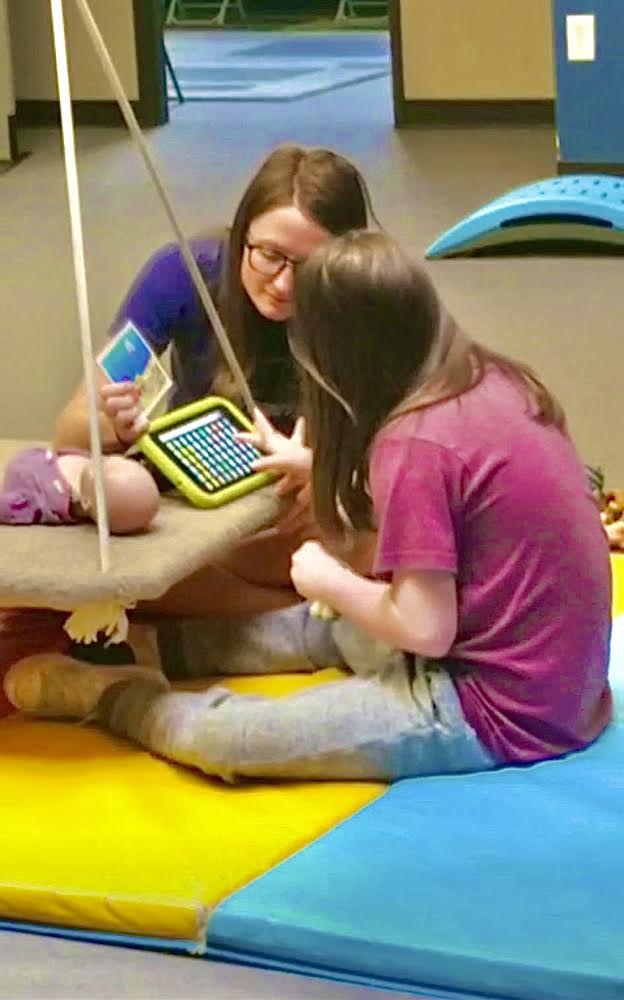



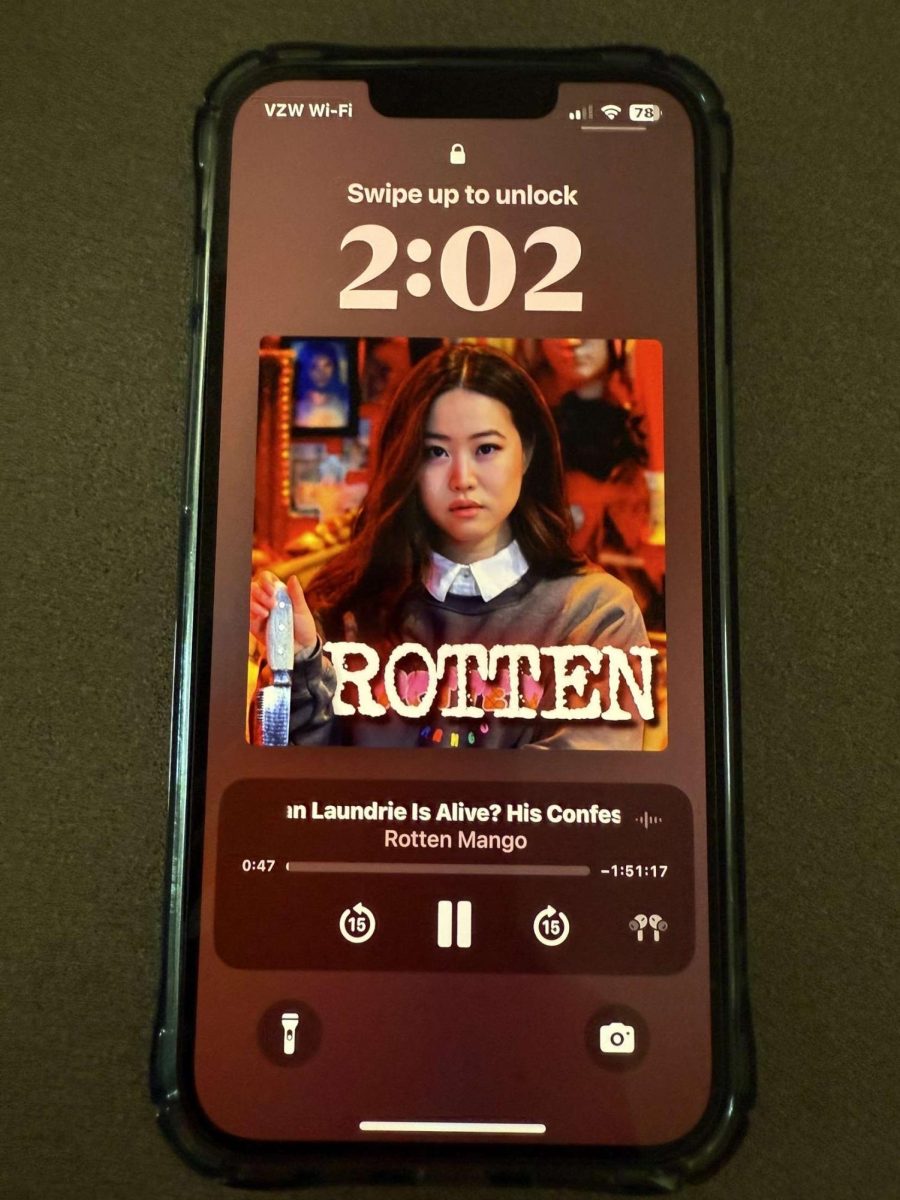



















![Hosting the SCLA Casptone Mentor Dinner outside allowed for more attendees on September 27, 2021 at Silver Creek. This event would’ve usually been held inside. According to Lauren Kohn, a SCLA 12 teacher, “If we have a higher number of people, as long as we can host the event outside, then that seems to be keeping every[one] safe”.](https://schsnews.org/wp-content/uploads/2021/11/sxMAIGbSYGodZkqmrvTi5YWcJ1ssWA08ApkeMLpp-900x675.jpeg)




